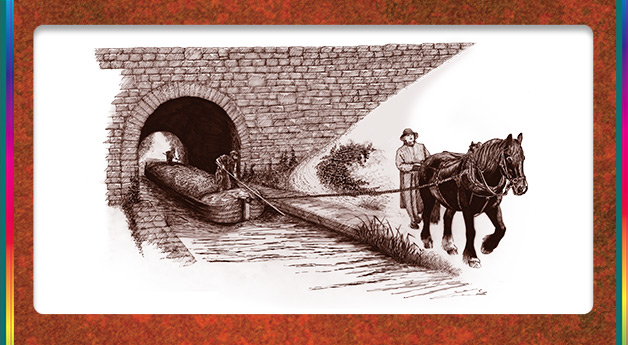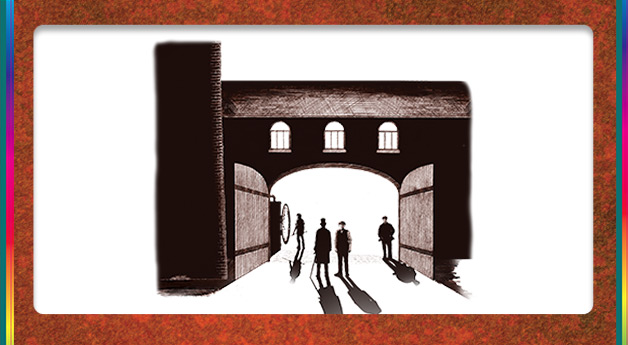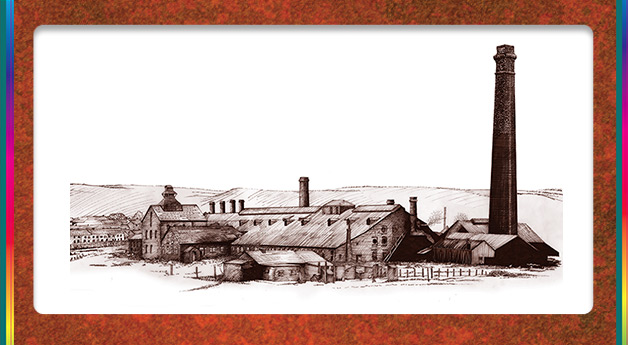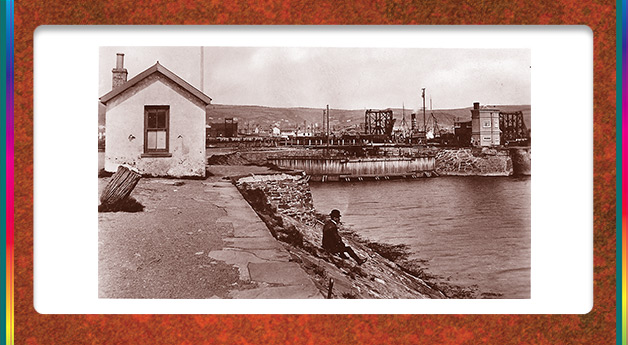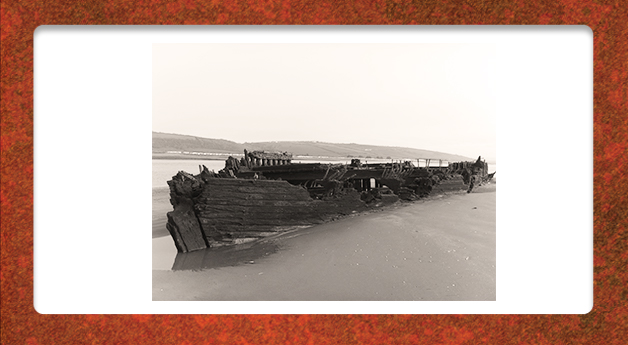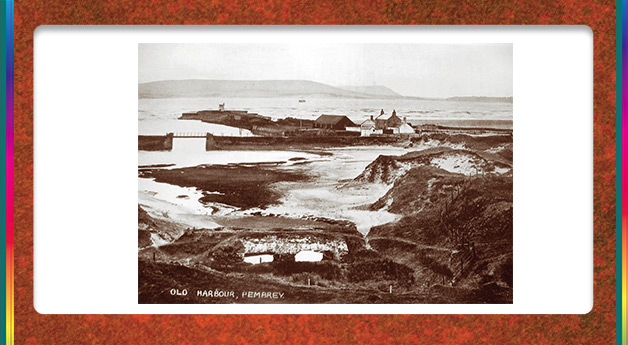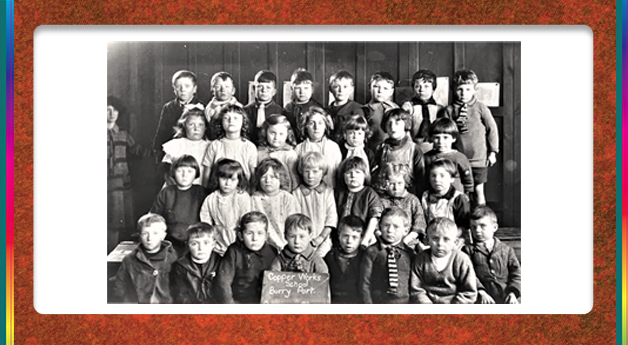View some of our heritage sites from the air
[/vc_column_text]Watch a preview of some of the heritage sites from the air.
The Tramway
One of the local collieries that used the harbour was based at Cwm Capel, where George Bowser had established his mines. The coal was brought down via a tramway, the route of which you can follow, as it is now a public footpath. You can also see what remains of the
colliery buildings at its end. It was built before Burry Port existed as a town and so cuts across newer roads and the village at unusual angles.
Railways and Canals
The development of canals and tramroads meant huge loads of coal could be transported from the mines to wharves, foundries or smelting works. Burry Port’s canal network has a long history beginning in the 1790s and finishing in the late 1860s when a local railway company was founded.
The Copper Works
Many industries were drawn to the new town and harbour. In 1849 the Copper Works was opened on the east side of the harbour. The works smelted copper for further manufacture elsewhere and the slag by-product was cast into blocks and coping stones and used in buildings and walls around the town.
Men Who Made Burry Port
The men who made Burry Port were noted industrialists from across Britain and their impact on the town can still be seen today. Their factories were major employers and they built the Copperworks School and opened collieries and brickworks in the area for their own use. The name Elkington is still recognised in the town today.
Ashburnham Tinplate Works
Another major industry was opened in 1890. This was the Tinplate Works on the west side of the harbour. These works produced sheets of tinned metal for use in a wide variety of manufacture. On part of this site now stands the Parsons Pickle Factory.
Burry Port Harbour
Initially known as Pembrey New Harbour, it was built to accommodate larger ships than could the nearby Pembrey harbour. The new harbour had a large scouring reservoir and a floating dock to allow bigger vessels to load coal. This was the east dock which was fitted with gates to maintain a depth of water at low tide.
Munitions
Pembrey Country Park has a rich history related to the manufacture of explosives. The site was distant enough from people’s homes for safety, but near enough to a commuting population (using the railways). During the 1880s TNT was manufactured on the site while later on during both World Wars, the site was used to produce shells.
Pembrey Harbour
Pembrey Harbour was opened in 1819. It was built by a small number of local industrialists, chiefly Thomas Gaunt and George Bowser, to serve their coal mines and an iron foundry. The long flat topped earthwork that leads northwards from the harbour was a tramroad that led directly from a mine to the harbour side.
Copperworks School
Josiah Mason and George Elkington, owners of the Pembrey Copper Works, built a school for the children of the workers employed in their copper works, collieries, and brickworks. This works school opened in August 1855 as three schools: girls, infants, and boys. In 1858 there were 148 girls, 120 boys, and 35 infants under 6yrs. Girls generally left school at 13 yrs. and boys at 11yrs.


